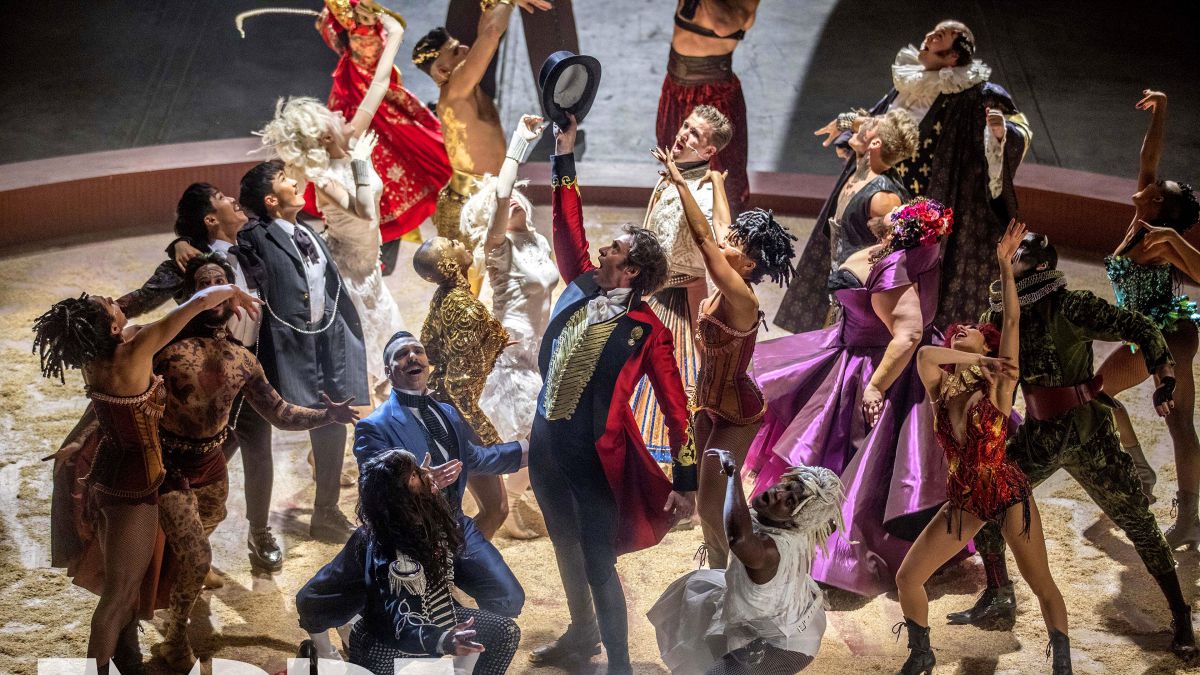Phineas Taylor Barnum was born in Bethel, Connecticut, on July 5, 1810. He died April 7, 1891, in Bridgeport, Connecticut.

The man regarded today as America’s greatest circus impresario didn’t even get into that business until an age most people are thinking of retirement. Yet the world of the traveling big top served as the perfect capstone to career as an unparalleled show business promoter.
P.T. Barnum’s first foray into entertainment was as a traveling performer in the 1830s. For most of his career, though, his business was based in lower Manhattan in New York City, in an emporium he modestly dubbed Barnum’s American Museum. It was no museum by any modern definition, but instead offered enthusiastic crowds a parade of over-the-top displays – many of them completely fake. It was as much a freak show as even the pretense of a place of scientific study. Among the most popular displays were the Feejee Mermaid – created by sewing a large fish tail onto the torso of a mummified monkey – General Tom Thumb, who stood just over 2 feet tall, and William Johnson, who had a famously tapered head and was presented as Zip the Pinhead.
It was to keep the crowds moving here that he famously posted a sign reading “This way to the egress,” duping those who didn’t know the fancy word for “exit” to leave the building. They could always come back for 25 cents, of course, and many did. More people are said to have visited the Barnum Museum in its 24 years than there were then citizens of the United States.
Interestingly, Barnum kept the public interested using brilliant reverse psychology: He started rumors and planted stories in the press that his exhibits were fakes. Crowds flocked to see for themselves if it was true.
Barnum’s tragic nemesis turned out to be fire. His first museum burned to the ground in July 1865. (The police killed the Museum’s zoo animals as they desperately tried to escape.) Barnum soon opened a second emporium, Barnum’s New Museum, but that burned, too, in 1868.
Barnum’s museum made him a wealthy man, and in 1848 he built a mansion in Bridgeport, Connecticut, with an exotic, Moorish-influenced design and topped with onion domes. He named it Iranistan. One of Barnum’s several temporary reversals of fortune forced him to close the house for two years. He was just making repairs to return in 1857 when it caught fire and was destroyed.
Around the time of his first museum’s loss, Barnum decided to join America’s real circus, politics. He served four terms in Connecticut’s House of Representatives and argued for the ratification of the 13th Amendment, which abolished slavery, even though his first “act” as a young showman was claiming an elderly, enslaved black woman was George Washington’s nurse. In the 1870s, he was elected mayor of Bridgeport. While in office he worked to improve the city’s water supply and to install gas streetlights.
What would likely surprise people the most today about P.T. Barnum is the extremely straightlaced moral stances he espoused. In the Connecticut legislature, he was a principal
backer of an 1879 bill that outlawed any form of contraception. The law stayed on the books until 1965. A major component of his American Museum was a large theater, which he dubbed the Moral Lecture Room and where he presented family-friendly fare with moral themes. He was also a temperance crusader.
Barnum entered the business for which he’s best known today in 1870. After losing two large fixed facilities to fire, he decided to take his show on the road. The name changed a few times but eventually settled on “P. T. Barnum’s Greatest Show on Earth.” In 1881, he merged his show with that of James Bailey, and the Barnum & Bailey Greatest Show in Earth was born.
After Barnum’s death, Bailey ran the circus until his death in 1905. It was then sold to its chief competitor, the Ringling Brothers Circus, to create the Ringling Brothers Barnum & Bailey Circus. That iconic troupe survived until 2017. There are plans to revive it in 2023.